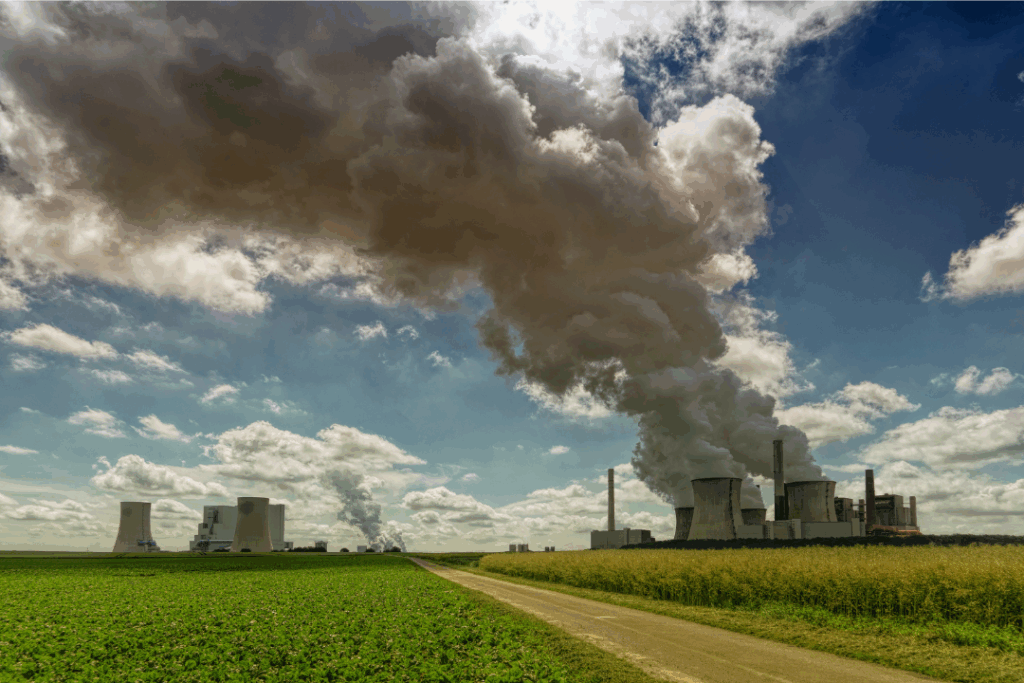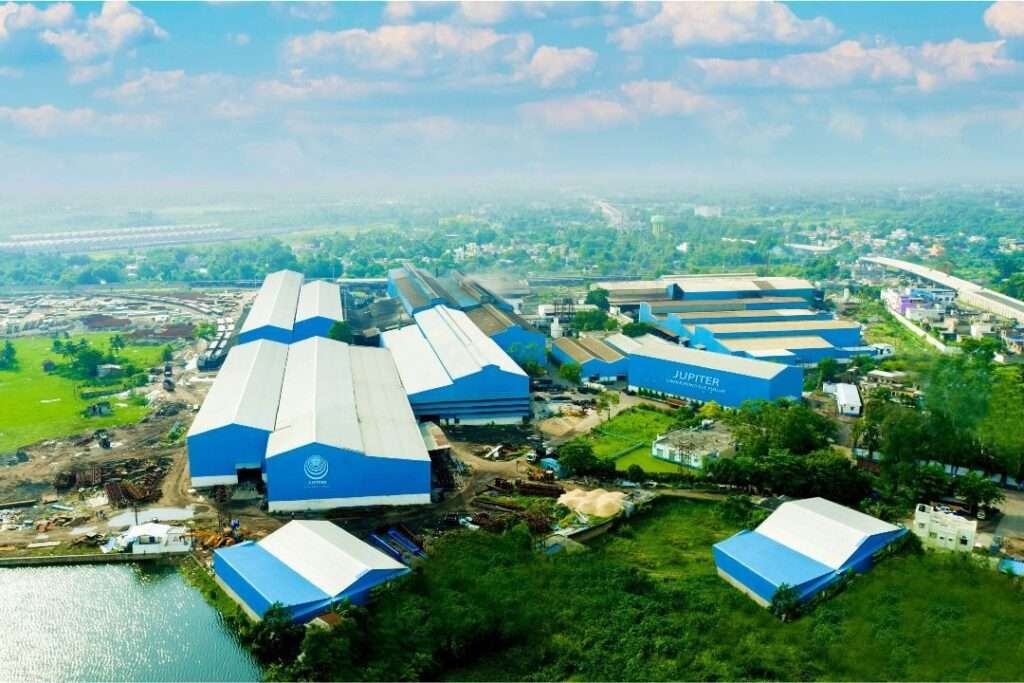By damaging the valuable assets, the water damage can disrupt the operations, consequently bringing the entire business to a halt and in the worst cases can even be responsible for the shutdown of the company. It can forfeit the business and incur huge revenue loss which is difficult to recover.
It is highly recommended to hire a professional company for conducting the water damage restoration plan. The task can become complicated at times and requires the intervention of an expert. It is a prerequisite to have prior knowledge of the basics of water damage to address the issue. Before starting the Water Damage Restoration process, it is very crucial to recognize the water category flooding the space. Depending on the source there are three types of water namely – Clean, Gray, and Black Water.
Where Clean Water has a very low chance of contamination, it poses a negligible health risk to humans. But inefficiency in handling the clean-up process within 24 to 48 hours is invariably responsible for water contamination resulting in the risk of mould growth. On the other hand, Gray Water inherently contains a significant amount of chemical, biological and physical contaminants in the form of fungal, bacterial, and viral algae, etc. that can cause discomfort and sickness in humans.
Dealing with this water category necessitates seeking professional help from qualified restoration companies. Failing to treat it within 48 hours can initiate conversion to Black Water. Consequently, as the name suggests Black Water is responsible for the worst type of water damage. Coming from sewage or floodwater, it contains grossly unsanitary and unhealthy pathogenic agents.

As a result, it adversely affects the health and poses a huge financial risk, therefore, Water Damage Restoration services must be sought with immediate effect under professional supervision. Here, time is a determining factor in curbing the water menace. The first 24 to 48 hours are very crucial that demands discretion at the expert level.
At times irrespective of the water category, certain hazardous materials like arsenic, mercury, lead, asbestos polychlorinated biphenyls (PCBs), pesticides, fuels, solvents, caustic chemicals, and radiological residues remain suspended in the water that can be managed only by specialized experts. Even when companies resort to insurance companies for help, they suggest taking help from a professional restoration team to control and repair the damages. The highly trained professionals come with the proper knowledge to handle the sophisticated technology and equipment required for conducting Water Damage Restoration. They are well adept at managing crises and restoring business operations back to normal.
Owing to their expertise they are able to handle the humidity level throughout the restoration efficiently. Controlling the humidity amplifies the drying process. Therefore, dehumidification is the most viable and advanced solution for escalating evaporation by lowering the moisture content in the air substantially. The temperature must be maintained at 72°F with Relative Humidity (RH) between 50-55%. Keeping the RH at less than 40% further accelerates the evaporation process but at the same time, proper care must be taken to not increase the temperature of the damaged area.
The environmental conditions of the affected area require intense vigilance. A combination of wet and moist conditions is highly disastrous mandating the humidity level to be maintained within a very narrow range. On the contrary, warm air comes with more moisture-holding capacity than cold air. Therefore, a condition of high temperature coupled with low relative humidity (RH) initiates rapid evaporation of water. Reversing the condition can significantly intervene with the evaporation process which can worsen if the relative humidity reaches 100% capacity. It leads to condensation formation on the surface that is responsible for a wide array of problems like mould, corrosion, decay, and other moisture-related deterioration.
Deploying dehumidification technology reduces the risk of deterioration of furniture and building materials. TDS offers Water Damage Restoration Solutions that make use of a Desiccant Dehumidifier to eliminate moisture from affected material. It offers professional solutions for water mitigation that is adept at drying and restoring water-damaged assets like electromechanical equipment, generator, transformers, turbines, electronic equipment, computer & data storage devices, documents, furniture, structural components, etc.








